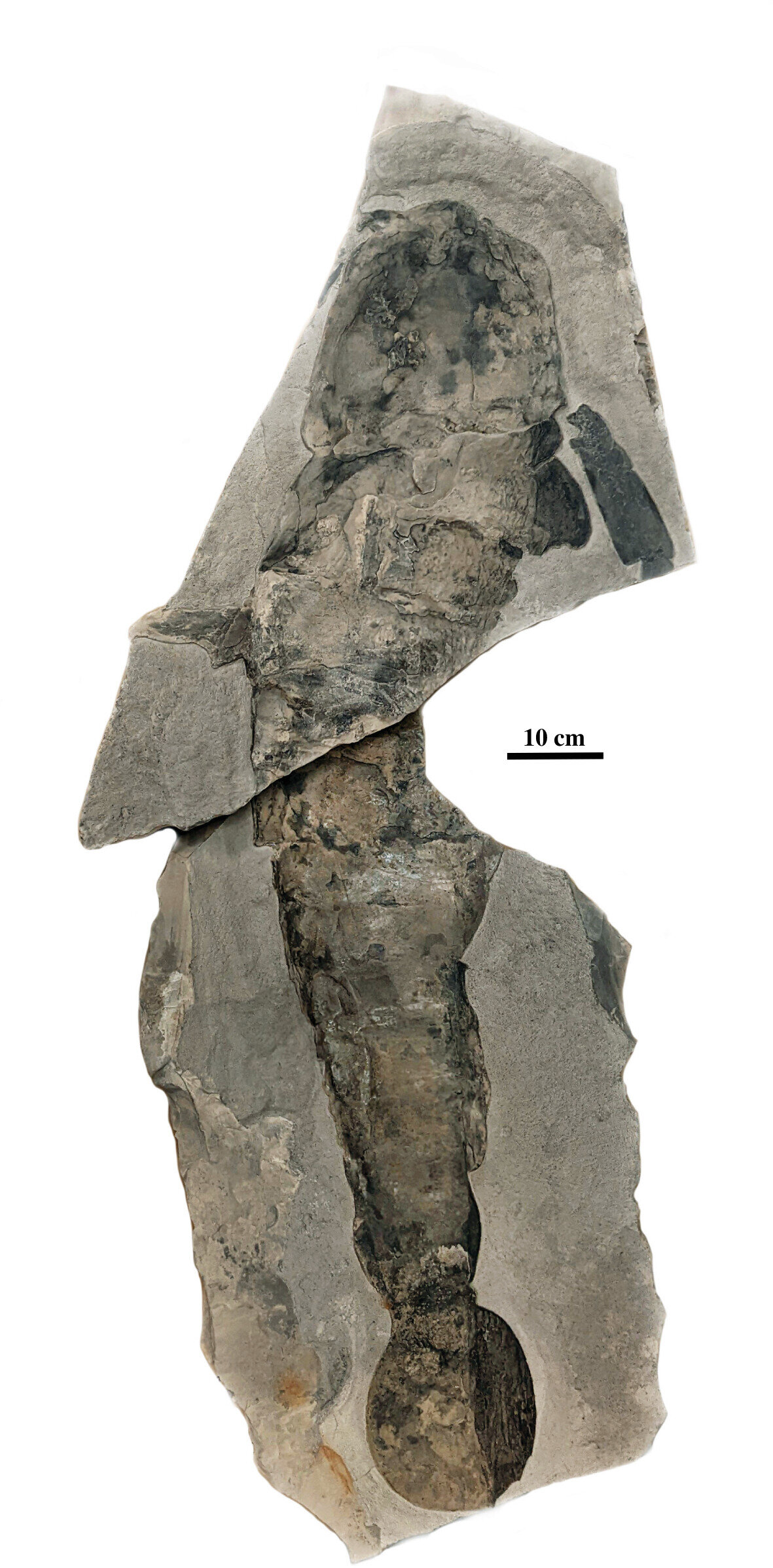- cross-posted to:
- [email protected]
- cross-posted to:
- [email protected]
Sea scorpions, ancient predators that patrolled Earth’s marine and freshwater habitats hundreds of millions of years ago, are the focus of a sizable scientific mystery.
Also known as eurypterids, these long-extinct relatives of modern-day horseshoe crabs, spiders, and scorpions sometimes grew to be more than two meters long and were, at their zenith about 430 million years ago, among the planet’s top predators. But paleontologists have debated over the cause of eurypterids’ gigantism—speculating that it had to do with everything from water temperature to changes in habitat…
They found that the evolution of giant size in eurypterids was rapid, and in some instances giant species evolved among much smaller relatives. They also found that eurypterids evolved giant size at least nine times independently in different groups.
The eurypterids’ gigantism was not necessarily a response to environmental factors, the researchers said, noting that features of eurypterids themselves—such as their reproductive strategy or the size of their genome—may have allowed them to evolve giant size rapidly.


